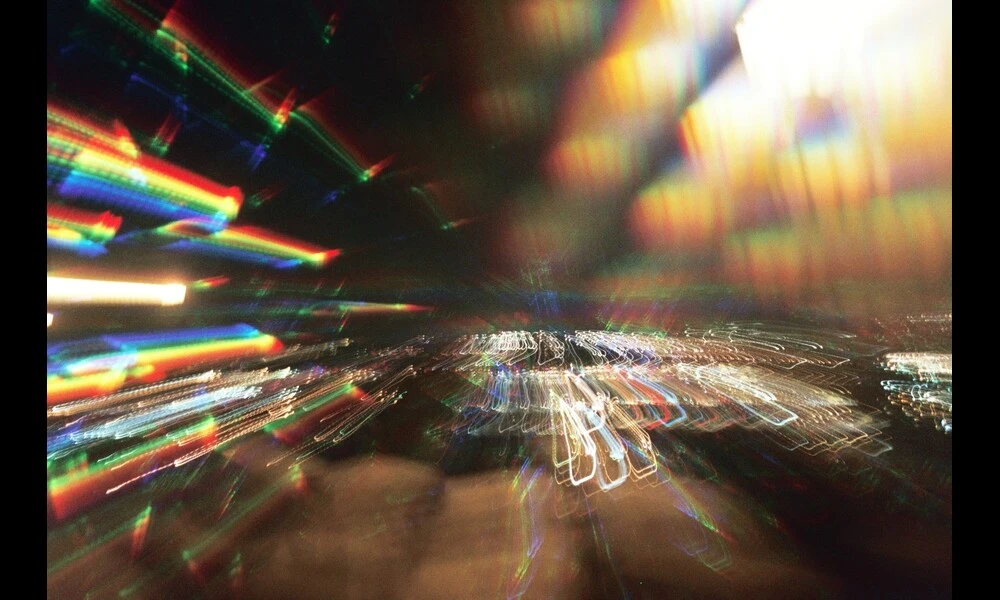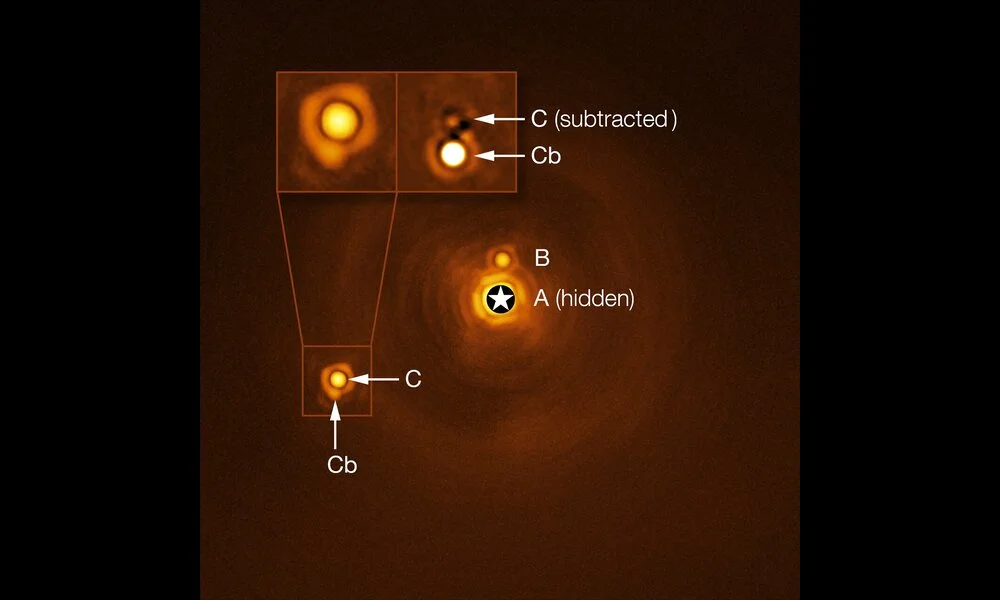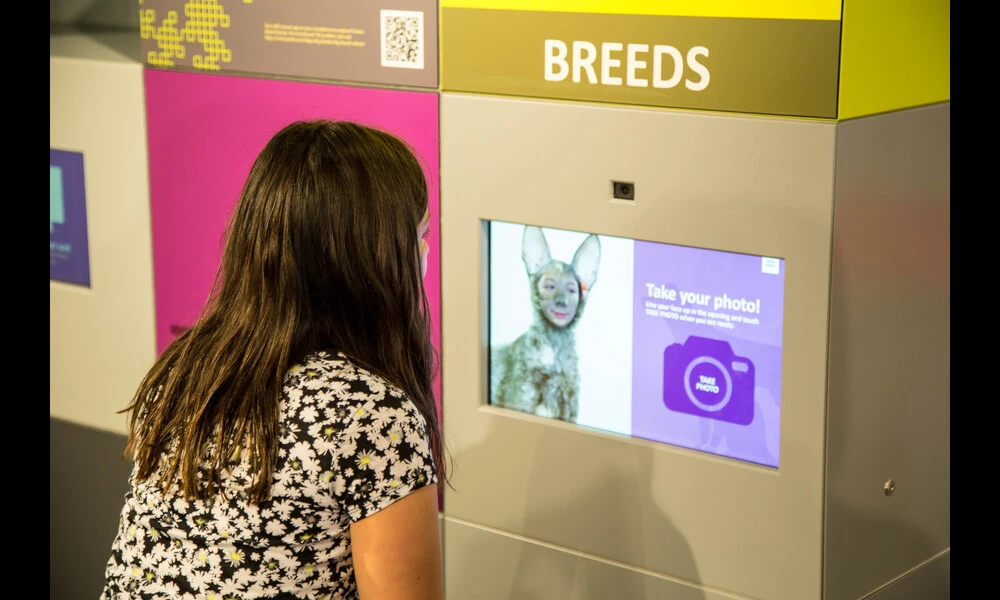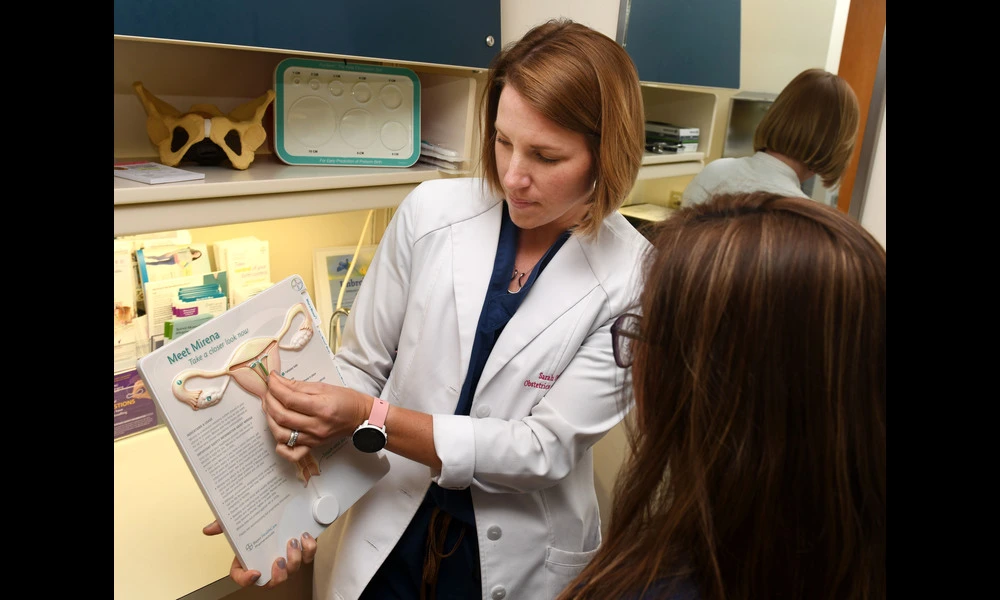Simulating a Bad Trip With VR Used to Treat Anxiety
Published on Thu Aug 31 2023 Psychadelic Zoom | Danielle Henry on Flickr
Psychadelic Zoom | Danielle Henry on Flickr
Researchers have proposed using multi-person virtual reality experiences (VREs) as a model for near-death experiences (NDEs) to help reduce the fear and anxiety associated with death. NDEs are unique experiences that occur on the threshold of death and often involve a sense of transcendence, connectedness, and unity. These experiences are difficult to articulate using language and are marked by their ineffability. Similarly, psychedelic drug experiences (YDEs) share similarities with NDEs and are also difficult to capture using language.
The challenge in designing VREs as models for NDEs lies in the aesthetic paradigm to be used. Most VR content follows a strongly representational aesthetic, aiming to maintain fidelity to familiar scenarios and appearances. However, NDEs and YDEs are distinctly different from day-to-day experiences and do not have strong overlap with priors derived from everyday life. To address this, researchers propose a weakly representational aesthetic called the "numadelic" aesthetic, which allows for imaginative meaning-making and endogenous insights to arise.
The numadelic aesthetic is characterized by low structural specificity and low symbolic rigidity. It does not have a well-defined real-world design reference and offers an expansive, high-entropy possibility space. In contrast, strongly representational aesthetics collapse imaginative potential into a limited low-entropy space. The numadelic aesthetic enables participants to cohabit a shared virtual space and experience their bodies as unfolding energetic processes, rather than fixed material entities.
By adopting a weakly representational aesthetic, VREs can soften top-down models and create conditions for transformative non-ordinary experiences, similar to YDEs and NDEs. This approach offers a promising path for designing VREs that can help alleviate the fear and anxiety associated with death. Further research is needed to explore different aesthetic approaches and how they impact participants. Understanding the aesthetics of immersive experiences is essential for developing transformative VR models of NDEs and addressing the fear of death.



